Introduction
Fresh walnuts, known for their creamy texture and nutritious profile, are a delightful addition to various culinary delights. From baking to salads, these versatile nuts offer a rich flavor and numerous health benefits. However, preserving their freshness can be challenging, especially if you’ve harvested or purchased a large batch. Improper storage can lead to rancidness, mold growth, or a loss of that delightful, fresh taste. This comprehensive guide aims to provide you with detailed insights on how to preserve fresh walnuts effectively, ensuring they retain their quality and flavor for as long as possible.
Understanding Fresh Walnuts
Before diving into preservation techniques, it’s crucial to understand the basics of fresh walnuts. Walnuts belong to the Juglandaceae family and are enclosed in a green, husk-like outer covering called the hull. Inside this hull, you’ll find a hard shell that protects the edible kernel, commonly referred to as the nutmeat.
Fresh walnuts are typically harvested in the late summer to early autumn when the hulls turn yellow-brown and begin to split open. Harvesting at the right time is crucial because overripe nuts can develop an off-flavor. Once harvested, the hulls should be removed promptly to prevent mold and staining of the kernel.
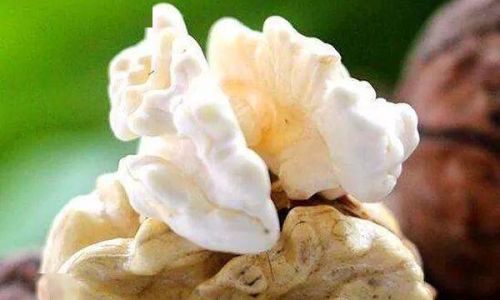
Importance of Proper Storage
Proper storage of fresh walnuts is vital for several reasons:
- Retention of Flavor and Texture: Fresh walnuts have a distinct, buttery taste and a creamy texture that degrade over time if not stored correctly.
- Prevention of Mold and Rancidity: Walnuts are prone to mold and rancidity due to their high oil content. Proper storage helps mitigate these risks.
- Nutrient Preservation: Fresh walnuts are rich in omega-3 fatty acids, antioxidants, vitamins, and minerals. Proper storage helps retain these nutrients.
Initial Preparation Steps
Before storing fresh walnuts, several initial preparation steps are essential:
- Hull Removal: Remove the hulls as soon as possible after harvesting. This can be done manually by twisting or pulling off the hulls or by using a hulling machine.
- Cleaning: Rinse the nuts under cold running water to remove any dirt, debris, or hull residue. Pat them dry with a clean cloth or let them air-dry.
- Sorting and Inspecting: Sort through the nuts, discarding any that are cracked, moldy, or damaged. Inspect each nut carefully to ensure they are in good condition.
- Drying: Freshly harvested walnuts contain a high moisture content, which can promote mold growth. Dry the nuts thoroughly. This can be done naturally by spreading them in a single layer on a tray in a well-ventilated area or using a food dehydrator set to a low temperature.
Storage Options for Fresh Walnuts
Several storage options are available for fresh walnuts, each with its own set of pros and cons. Here’s a detailed look at each:
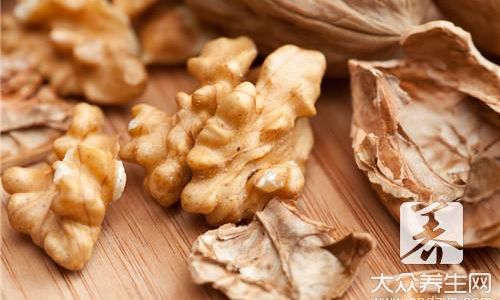
- Refrigeration
Refrigeration is one of the most effective methods for preserving fresh walnuts. The cold temperatures slow down the oxidation process, helping to retain the nuts’ freshness and flavor.
- Preparation: Place the dried, cleaned, and inspected walnuts in an airtight container or resealable plastic bag.
- Storage: Store the container or bag in the refrigerator’s crisper drawer or on a middle shelf. Avoid storing them in the freezer, as the extreme cold can alter their texture.
- Shelf Life: Fresh walnuts can be stored in the refrigerator for up to three months.
- Freezing
While not ideal for long-term retention of fresh taste and texture, freezing can extend the shelf life of walnuts significantly.
- Preparation: Shell the nuts if you plan to use them frozen. Shelling before freezing prevents the shells from becoming brittle and difficult to crack.
- Blanching (Optional): Blanching the nuts in boiling water for one minute before freezing can help prevent darkening. Plunge them into ice water immediately after blanching and let them dry completely.
- Packaging: Place the nuts in a single layer on a baking sheet and freeze until solid. Once frozen, transfer them to an airtight container or resealable plastic bag.
- Storage: Store the container or bag in the freezer.
- Shelf Life: Fresh walnuts can be stored in the freezer for up to a year.
- Canning
Canning is less common for walnuts but can be an effective method for long-term storage, especially if you have a large quantity.
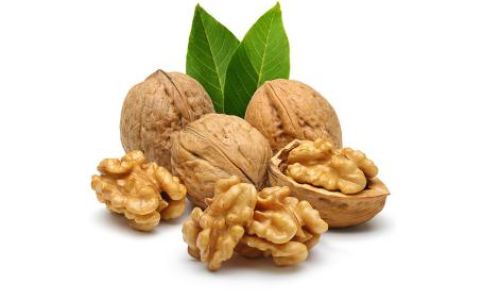
- Preparation: Shell the nuts and blanch them in boiling water for five minutes. Plunge them into ice water immediately after blanching and let them dry completely.
- Canning Process: Pack the nuts into clean, sterile jars, leaving a half-inch headspace. Pour boiling water over the nuts, leaving the same headspace. Wipe the jar rims clean, apply lids, and process in a pressure canner at 10 psi for 90 minutes for quarts or 75 minutes for pints.
- Storage: Store the canned walnuts in a cool, dark place.
- Shelf Life: Canned walnuts can be stored for up to two years.
- Dehydration
Dehydrating walnuts reduces their moisture content, making them less susceptible to mold and rancidity.
- Preparation: Shell the nuts and clean them thoroughly.
- Dehydration: Use a food dehydrator set to a temperature of around 115°F (46°C). Spread the nuts in a single layer on the dehydrator trays. Dehydrate for 12-24 hours, or until they are dry and brittle.
- Storage: Store the dehydrated nuts in an airtight container in a cool, dark place.
- Shelf Life: Dehydrated walnuts can be stored for up to six months.
- Vacuum Sealing
Vacuum sealing removes the oxygen from the packaging, which slows down the oxidation process and extends the shelf life of walnuts.
- Preparation: Shell the nuts and clean them thoroughly.
- Vacuum Sealing: Place the nuts in a vacuum sealing bag and remove as much air as possible using a vacuum sealer.
- Storage: Store the vacuum-sealed bags in a cool, dark place.
- Shelf Life: Vacuum-sealed walnuts can be stored for up to six months.
Monitoring and Maintenance
Regardless of the storage method you choose, regular monitoring and maintenance are crucial to ensure the walnuts retain their freshness.
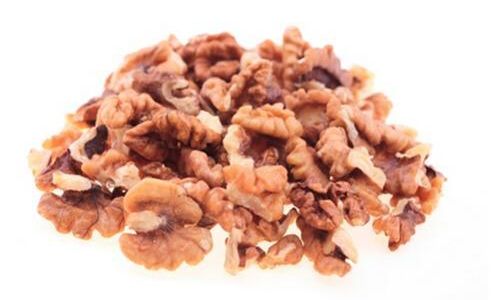
- Temperature and Humidity Control: Keep the storage area cool and dry. High temperatures and humidity can accelerate the oxidation process and promote mold growth.
- Pest Control: Ensure the storage area is free from pests that could damage the nuts.
- Regular Inspection: Check the nuts regularly for signs of mold, rancidity, or insect infestation. Discard any nuts that show signs of deterioration.
- Proper Handling: When handling the nuts, use clean utensils and avoid cross-contamination with other foods.
Tips for Optimal Freshness
Here are some additional tips to help you preserve the freshness of your walnuts:
- Buy or Harvest in Small Batches: If possible, buy or harvest walnuts in smaller batches to reduce the risk of spoilage.
- Store in Opaque Containers: Use opaque containers to protect the nuts from light, which can degrade their quality over time.
- Avoid Oxygen Exposure: Once opened, consume vacuum-sealed or canned walnuts as soon as possible to minimize oxygen exposure.
- Use a Desiccant Packet: Consider placing a desiccant packet in the storage container to absorb any excess moisture.
- Consume Within Recommended Shelf Life: Even with proper storage, walnuts will eventually lose their freshness. Consume them within the recommended shelf life for the best quality.
Conclusion
Preserving fresh walnuts requires careful planning and attention to detail. By following the preparation steps, choosing the right storage method, and regularly monitoring the nuts, you can ensure they retain their delicious flavor and nutritional value for an extended period. Whether you opt for refrigeration, freezing, canning, dehydration, or vacuum sealing, each method has its own benefits and can help you enjoy fresh walnuts throughout the year. Remember, the key to successful preservation is to start with high-quality nuts and handle them with care throughout the storage process. With these tips and techniques, you can enjoy the rich, buttery taste of fresh walnuts whenever you desire.


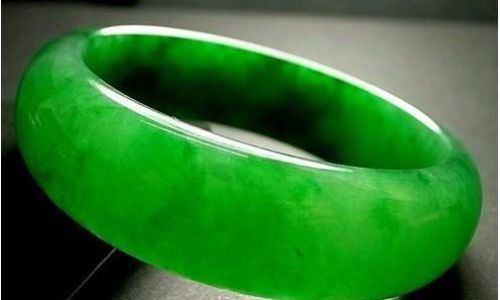

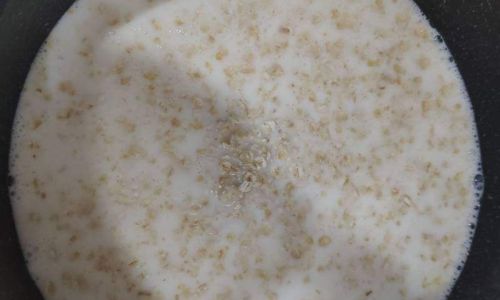
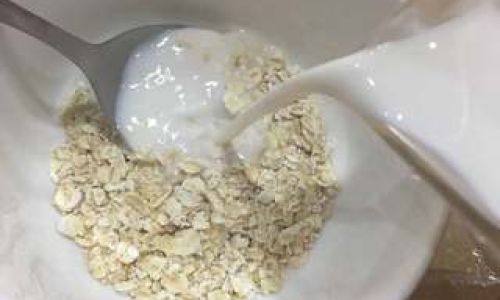
0 comments